The Slaughter of Farmed Animals: Practical Ways of Enhancing Animal Welfare
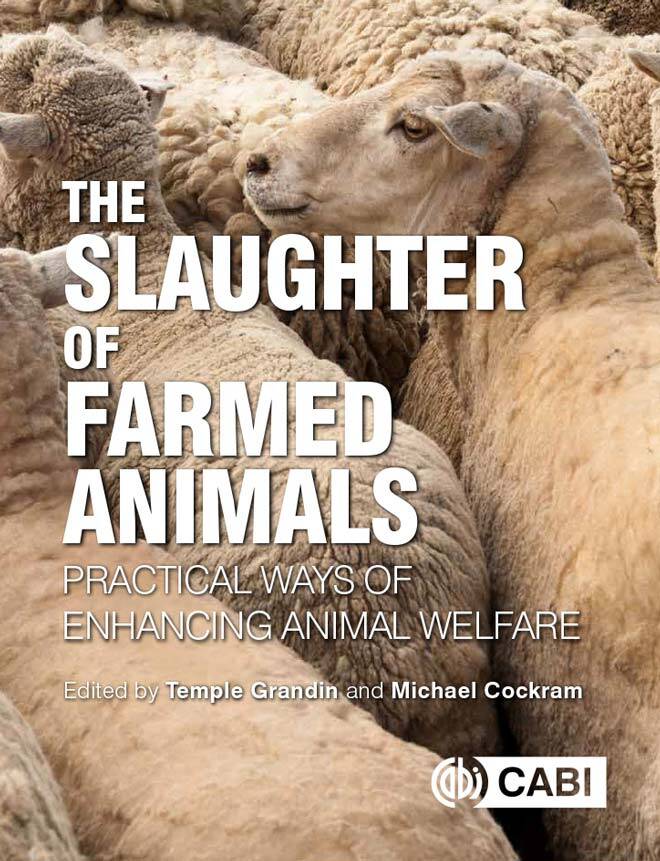
By Michael Cockram and Temple Grandin
The Slaughter of Farmed Animals: Practical Ways of Enhancing Animal Welfare Book PDF provides both evidence-based scientific studies and practical guidance to enhance the welfare of cattle, pigs, sheep and poultry at slaughter. Temple Grandin and Michael Cockram have brought together a range of international experts to prepare chapters on philosophical and ethical views on the slaughter of farmed animals. These include welfare issues and their assessment, the condition of animals on arrival and their management during lairage, animal handling, methods of humane slaughter and assessment of unconsciousness. The book boldly tackles controversial issues around the compromises necessary when balancing animal welfare concerns with commercial realities, as well as religious slaughter. Chapters cover methods of stunning, pre-slaughter handling, equipment design, monitoring welfare with abattoir data and auditing methods. It is an important publication for those involved in implementing improvements in the humane slaughter of farmed animals and is recommended for veterinarians, students, abattoir managers and government regulators
This Book is Available For Premium Members Only


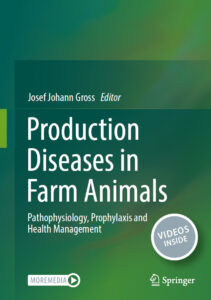
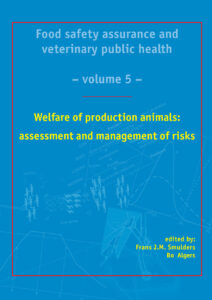
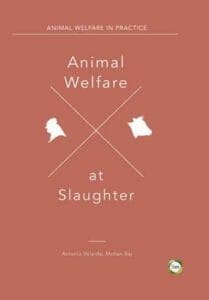
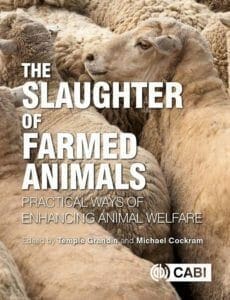







![Ettinger’s Textbook of Veterinary Internal Medicine 9th Edition [PDF+Videos] Ettinger’s Textbook of Veterinary Internal Medicine 9th Edition [True PDF+Videos]](https://www.vet-ebooks.com/wp-content/uploads/2024/10/ettingers-textbook-of-veterinary-internal-medicine-9th-edition-100x70.jpg)

![Textbook of Veterinary Diagnostic Radiology 8th Edition [PDF+Videos+Quizzes] Thrall’s Textbook of Veterinary Diagnostic Radiology, 8th edition PDF](https://www.vet-ebooks.com/wp-content/uploads/2019/09/textbook-of-veterinary-diagnostic-radiology-8th-edition-100x70.jpg)






